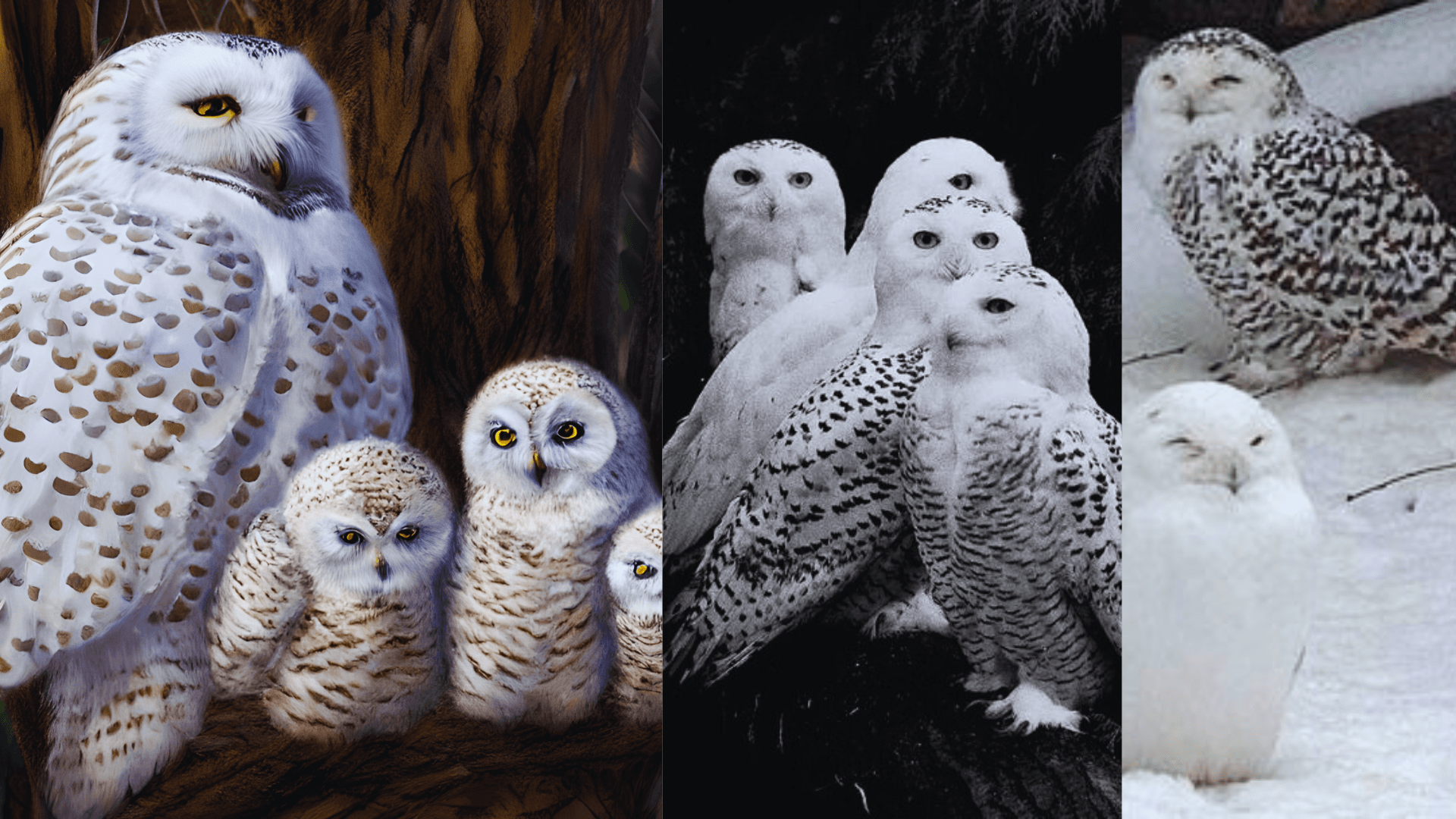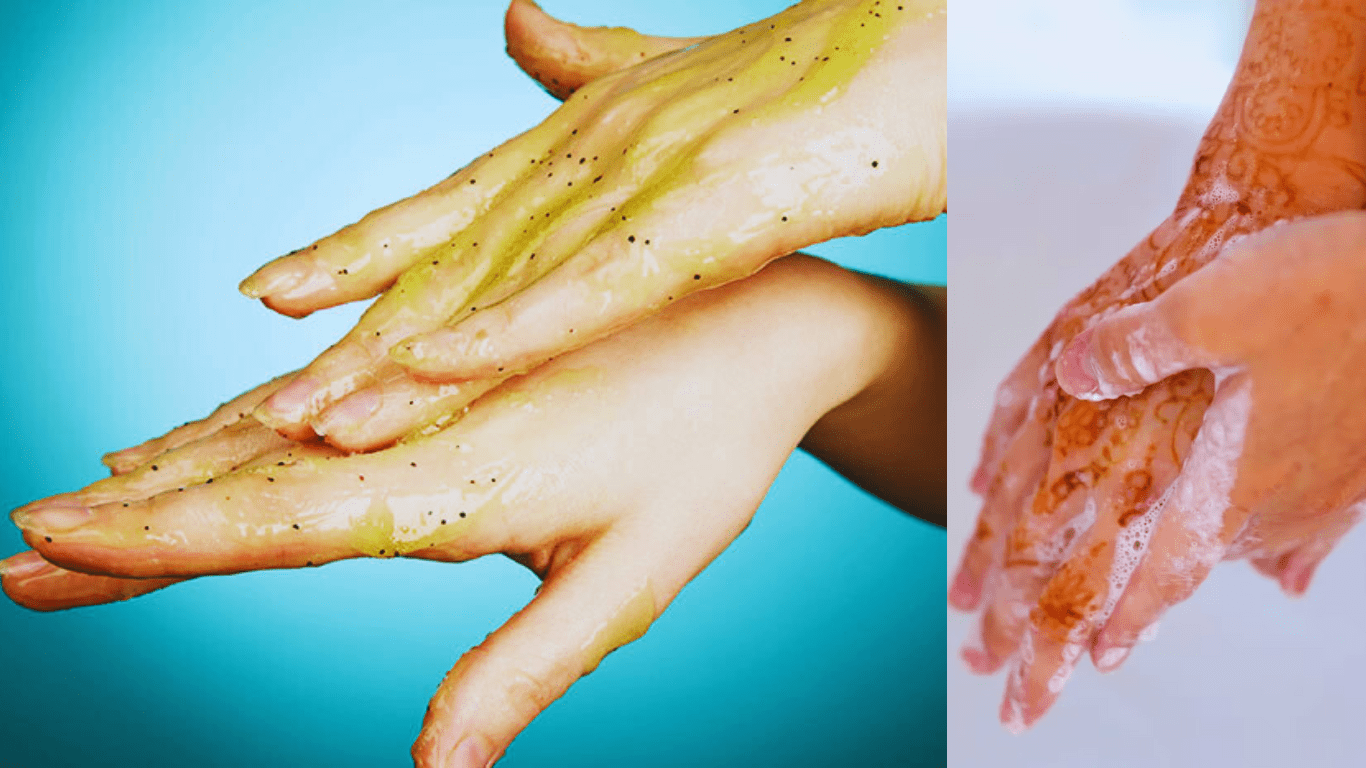The lifespan of owls varies significantly across different species and environments. Generally, larger owl species tend to live longer than smaller ones. In the wild, owls can have an average lifespan ranging from 3 to 4 years for smaller species like pygmy or elf owls, and up to 10 to 15 years for larger species. Remarkably, some individuals, especially in captivity, have been recorded to live over 28 years. A typical lifespan for a wild adult Barn Owl is around 4 years, with some reaching up to 15 years. In captivity, due to the absence of predators and the availability of consistent care, owls can live significantly longer, with lifespans extending over 25 years in some cases.
Understanding Owls
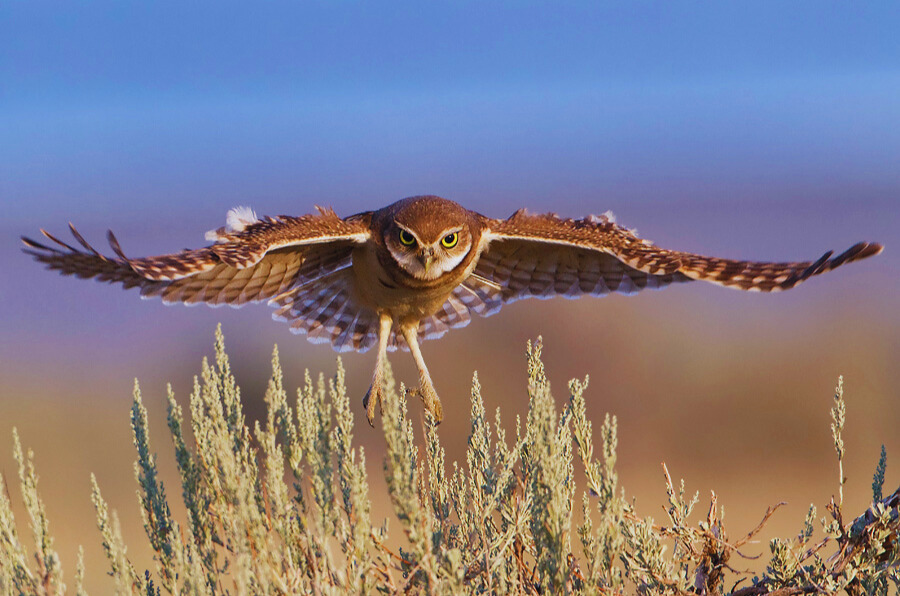
Owls are fascinating creatures known for their distinctive features and behaviors. They are specialized predators with adaptations that make them efficient hunters. Owls possess eyes and ears designed for acute night vision and hearing, enabling them to locate prey even in low-light conditions. Their feathers are uniquely structured to allow for almost silent flight, giving them an advantage over their prey. Understanding owls involves exploring their biology, behavior, and the environment they thrive. They are a subject of interest in scientific studies and cultural narratives, as seen in literature and art, highlighting their importance in various contexts.
Types of Owls
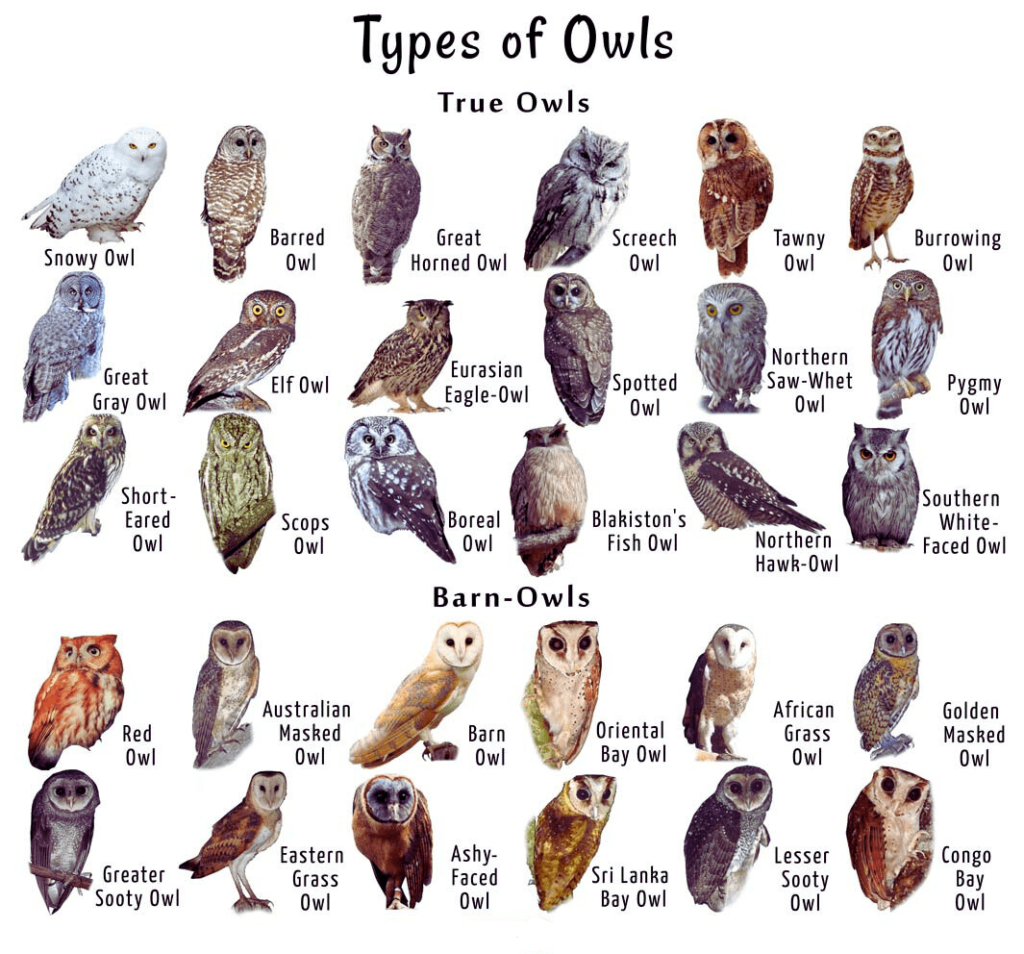
In the United States, owls can be categorized into several genera, each comprising various species with unique characteristics:
1. Genus Asio (Eared Owls)
- Long-Eared Owl
- Short-Eared Owl
2. Genus Bubo (Snowy & Horned Owls)
- Snowy Owl
- Great Horned Owl
3. Genus Strix (Wood Owls)
- Great Gray Owl
4. Various Species
- Barn Owl
- Barred Owl
- Boreal Owl
- Burrowing Owl
These owls inhabit diverse environments across the country, including grasslands, forests, deserts, and urban areas, adapting uniquely to their surroundings.
Habitats
Owls inhabit a diverse range of environments across the globe, showcasing their adaptability. They are found on every continent except Antarctica and are present in various habitats, including:
- Forests: Both temperate and tropical regions provide shelter and hunting grounds.
- Grasslands: Open areas where owls can hunt for rodents and other prey.
- Deserts: Some species have adapted to the harsh conditions of desert life.
- Tundra: Even in cold environments, owls thrive by hunting local fauna.
- Mountains: Certain owl species live in high-altitude environments.
- Islands: Including remote groups like the Hawaiian islands, showcasing their ability to adapt to isolated environments.
Their presence in nearly every environment on Earth, from coniferous forests to the Arctic tundra, highlights the owl’s incredible adaptability and the wide variety of ecosystems they can call home.
Factors Affecting Lifespan
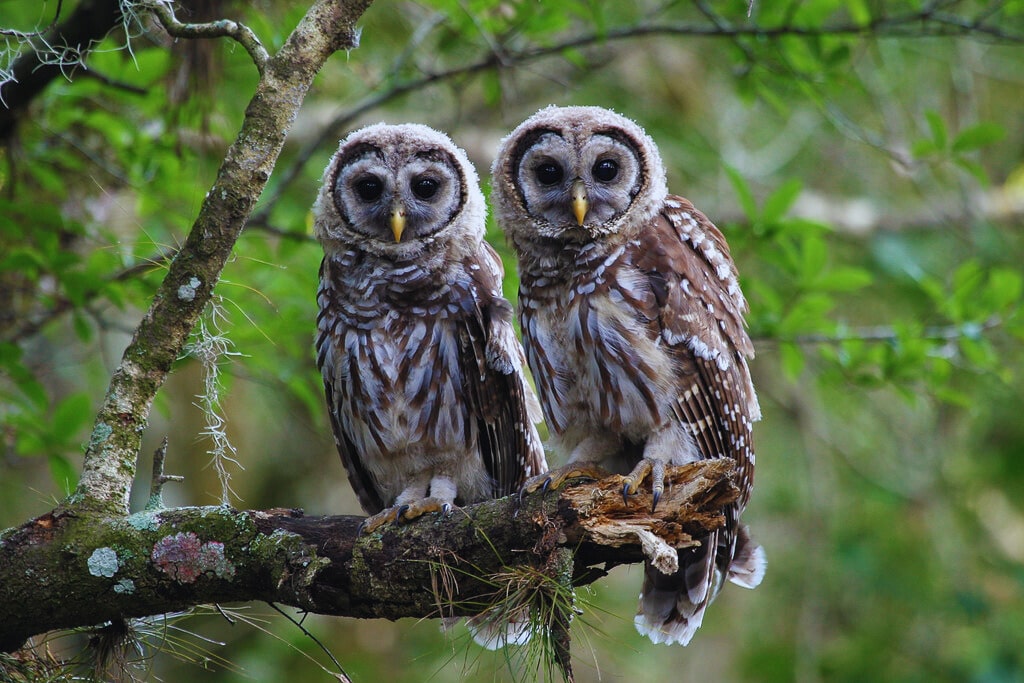
The lifespan of owls is influenced by several factors, including:
- Habitat loss: The reduction of their natural habitats can severely impact their survival rates.
- Hunting and poaching: Illegal hunting and poaching can shorten their lifespans significantly.
- Pollution: Environmental pollution can lead to health problems and a decrease in life expectancy.
- Infectious diseases: Diseases can spread more easily when owls are nearby, especially in diminished habitats.
- Environmental conditions: The quality of their environment, including the availability of prey, impacts their health and longevity.
- Diet and prey availability: Access to food sources is crucial for their survival and overall health.
- Size: Generally, larger owl species tend to live longer than smaller species.
These factors highlight the importance of conserving natural habitats and maintaining ecological balance to support the longevity of owl populations.
Diet
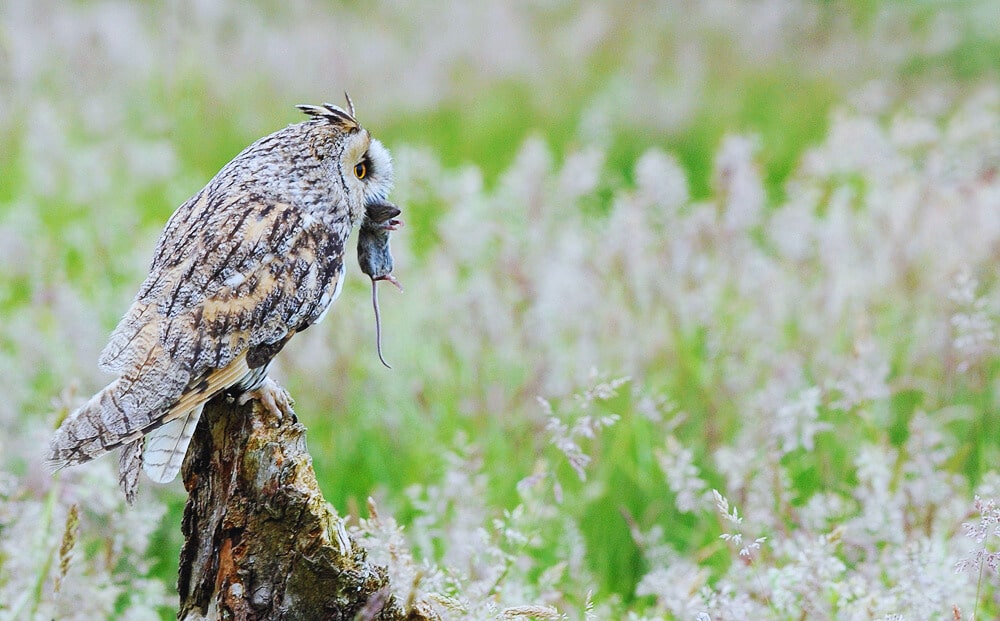
Owls have a diverse diet that varies based on their species, habitat, and availability of prey. Their diet can include:
- Invertebrates: Such as insects, spiders, earthworms, snails, and crabs.
- Fish: A few species of owls, like Ketupa (fish-owl) and Scotopelia (fishing-owl), primarily feed on fish.
- Reptiles and Amphibians: Including various types of small reptiles and amphibians.
- Birds and Small Mammals: This includes field voles, wood mice, bank voles, and other small animals like mice, rats, and voles.
Owls often swallow their prey whole, and indigestible parts are later regurgitated as pellets.
Predation
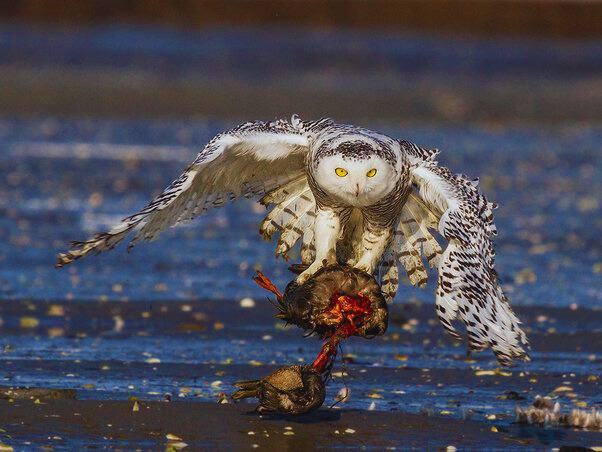
While owls are apex predators and superior hunters due to their silent flight and night vision, they do have natural predators. Their predators include:
- Ground Predators: Such as coyotes, foxes, and wildcats may attack and eat adult owls if given the opportunity.
- Other Birds: Larger birds of prey, such as eagles, may prey on owls.
- Snakes: Some species of snakes may prey on owl eggs or young owlets.
Despite these threats, owls’ predatory skills often keep them at the top of the food chain, making them rarely preyed upon by other animals.
Human Impact
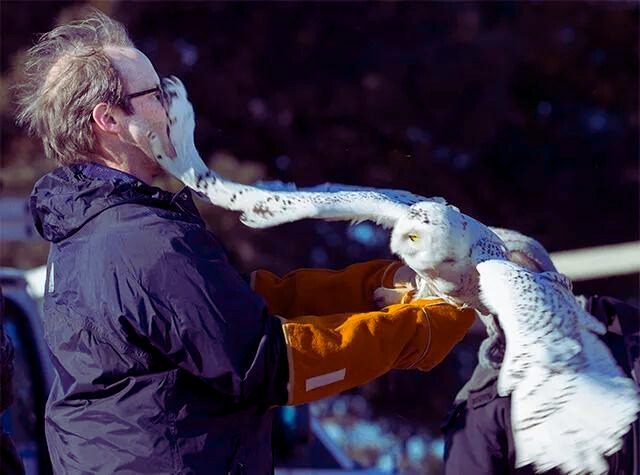
Human activities have significant impacts on owl populations, including:
- Habitat Destruction: Logging and urban development reduce the natural habitats where owls live and nest, leading to population declines.
- Rodenticide Toxicity: The use of rodenticides can poison owls indirectly when they consume poisoned rodents, contributing to mortality rates.
- Climate Change: Global warming affects snowy owls by altering their Arctic habitats and prey availability, pushing them closer to extinction.
- Anthropogenic Land Use: Changes in land use for agriculture or urbanization can alter the foraging behavior and habitats of species like the Western Burrowing Owl, impacting their survival.
These impacts highlight the need for conservation efforts to mitigate human-induced threats to owls.
Diseases
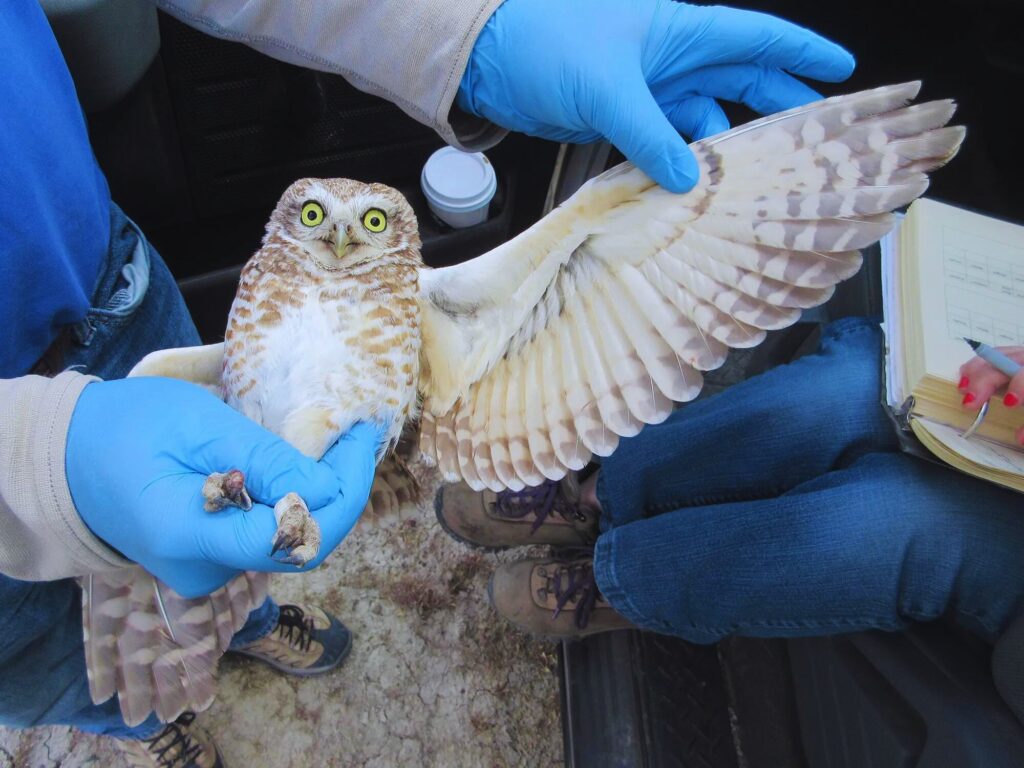
Owls can carry various diseases that may potentially infect humans and other animals. Some of the notable diseases include:
- Cryptococcosis: A fungal disease that can affect both humans and animals, including owls. It is caused by inhaling the spores of Cryptococcus fungi.
- West Nile Virus: A significant viral disease in North America, transmitted to owls and other birds through mosquito bites. It can lead to neurological diseases and death in affected birds.
- Herpesvirus Infection: Causes inclusion body disease or herpesvirus hepatitis in owls, characterized by general depression and other clinical signs. It can be fatal for the affected birds.
- Other potential zoonotic infections: Owls can carry organisms that may be infectious to humans, although risks are minimized in controlled settings such as laboratories.
These diseases highlight the importance of monitoring owl populations for zoonotic diseases and taking precautions when handling or being in close proximity to these birds.
Conservation Status
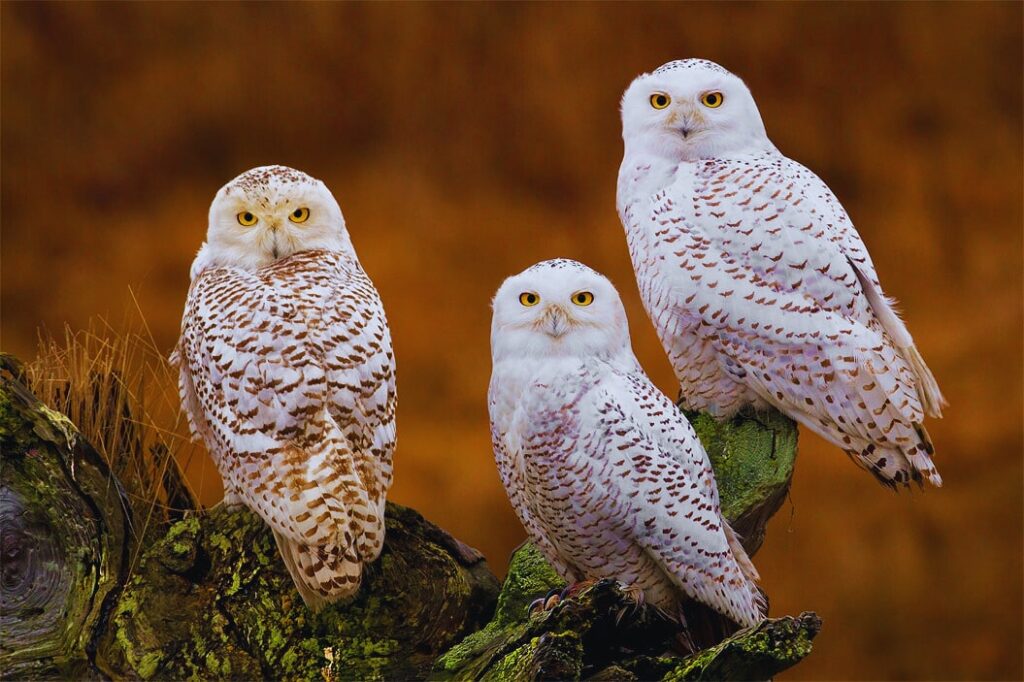
The conservation status of owls varies globally, with many species facing threats primarily due to human activities. Key points include:
- There are 227 species of owls, with several facing threats from habitat loss, hunting, and climate change.
- Habitat loss, fragmentation, human disturbance, climate change, and invasive species are major threats to owls.
- The Forest Owlet (Athene blewitti), endemic to central Indian forests, was classified as endangered in 2018.
- The Northern Spotted Owl faces threats from habitat loss due to wildfire and timber harvest, and competition from Barred Owls.
- The Snowy Owl is now listed as “Vulnerable” to global extinction, with climate change being a significant factor in its decline.
- The Barn Owl is considered endangered due to a lack of environment and access to food.
These examples highlight the urgent need for conservation efforts to protect these vital and iconic bird species.
Endangered Species
Several owl species are currently endangered due to various environmental and anthropogenic factors. Key examples include:
- The Barn Owl, facing endangerment due to habitat loss and reduced access to food sources.
- Efforts to save certain endangered owl species, such as the Spotted Owl, have led to controversial proposals like controlling the population of other owl species (e.g., Barred Owls) to reduce competition.
This situation underscores the complex balance required in conservation efforts, where interventions to save one species may impact others.
Conservation Efforts
Owl conservation efforts are diverse, focusing on habitat protection, species research, and rehabilitation across various locations worldwide. Key initiatives include:
- Long-term species research and special conservation projects to understand and protect owls better.
- The Nature Conservancy’s global efforts to protect owls and their habitats, such as aiding in the preservation of critical environments.
- Burrowing Owl Conservation Network’s active work in re-establishing and preserving burrowing owl colonies, including rehabilitation efforts.
- Focused conservation efforts on specific species or locations, alongside broader strategies targeting various conservation needs.
- The Wilder Institute’s head-starting technique for restoring burrowing owl numbers aims to increase their return rates to the wild.
- Interactive maps detailing conservation efforts for the Northern Spotted Owl in Washington State, showcasing how landowners are contributing to these efforts.
How Long Do Owls Live?
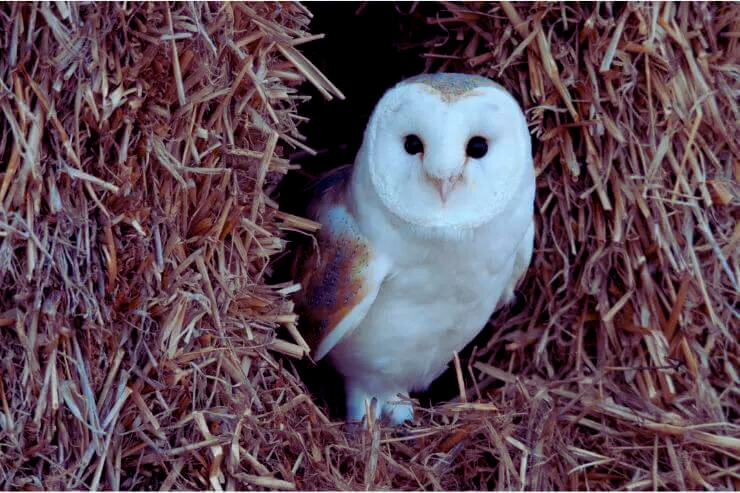
Owls have varying lifespans depending on the species, with average longevity in the wild, ranging from 4 to over 20 years. Specific examples include:
- Barn Owls typically live up to 4 years in the wild, though the British record is 15 years.
- Barred Owls can live around 8 to 10 years on average, with a record of 26 years and 7 months.
- Medium-sized species like Short-eared Owls and Long-eared Owls can live for 10 to 12 years, potentially up to 16 or even 20 years.
- Snowy Owls have been known to live up to 28 years.
- Great Horned Owls in the wild can live 20-30 years, with the oldest recorded captive individual reaching 50 years.
Increasing Longevity
The average lifespan of owls varies significantly across species, from as low as 3-4 years for smaller species like pygmy owls to up to 28 years for larger species in captivity. Factors influencing longevity include species size, living conditions, and access to care. Here are some key points regarding owl longevity:
- Smaller owl species tend to have shorter lifespans, averaging around 3 to 4 years in the wild due to their vulnerability to predators and environmental factors.
- Larger owl species like the great horned owl have longer lifespans, with owls in captivity capable of living up to 28 years due to better care and the absence of predators.
- The typical lifespan for a wild adult Barn Owl is about 4 years, though there are records of individuals living up to 15 years. Most young Barn Owls, however, do not survive to adulthood.
- On average, owls live around 9 to 10 years in the wild. Conditions in captivity, which include medical care and a stable food supply, can significantly extend their lifespan.
Improving an owl’s longevity, especially in captivity, involves providing a suitable environment that mimics their natural habitat as closely as possible, ensuring a balanced diet, and addressing health issues promptly.
Conclusion
Understanding the lifespan of owls offers us a glimpse into the challenges and triumphs of these remarkable birds. As stewards of the planet, it’s our responsibility to ensure that owls continue to soar through the night skies for years to come. Let’s cherish and protect these symbols of the night, for they have much to teach us about resilience, adaptability, and the beauty of the natural world.
Read also: How Old Would Elvis Be Today?
FAQs
Q. What is the average lifespan of an owl in the wild?
The average lifespan varies widely among species, but many wild owls live between 5 to 10 years, though some larger species can live 20 years or more.
Q. Which owl species has the longest lifespan?
The Great Horned Owl is among the species with the longest lifespans, potentially living more than 20 years in the wild.
Q. How can I help protect owls in my area?
Supporting local wildlife conservation efforts, keeping natural habitats undisturbed, and using pesticides responsibly can all help protect owls.
Q. Do all owls hoot?
No, not all owls hoot. While hooting is common among many species, others may screech, whistle, or make other sounds.
Q. Why do owls live longer in captivity?
Owls live longer in captivity due to the lack of predators, consistent food supply, and access to medical care.
